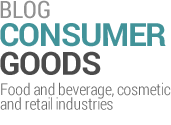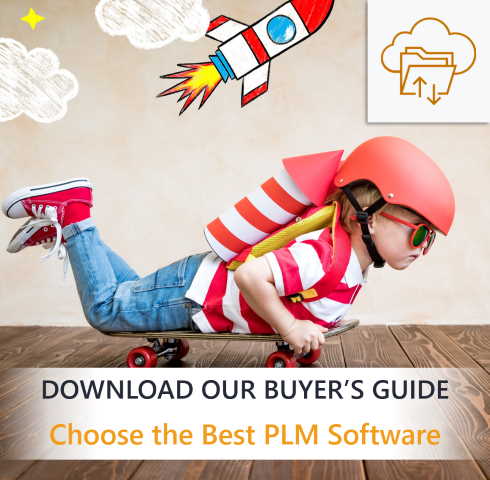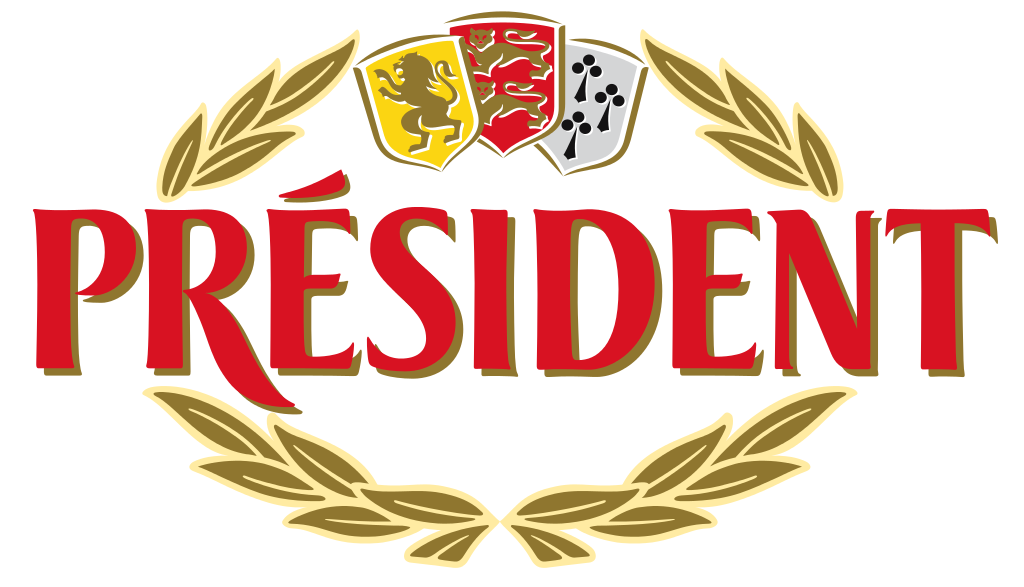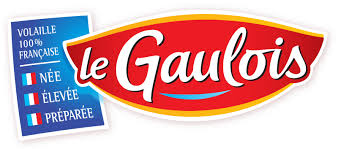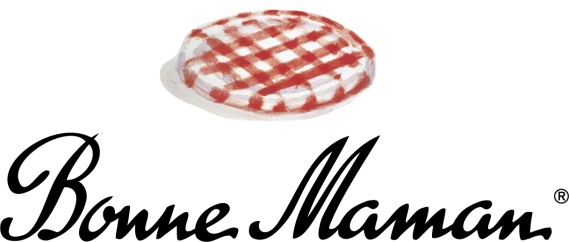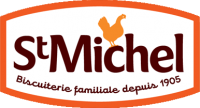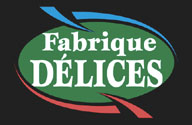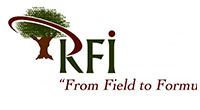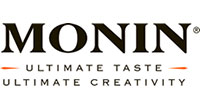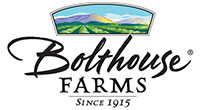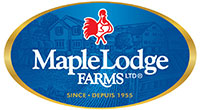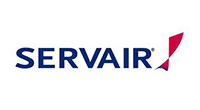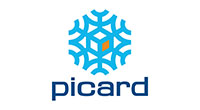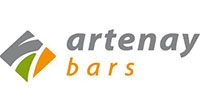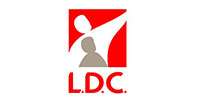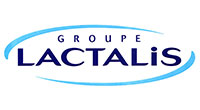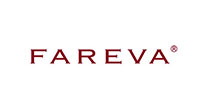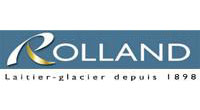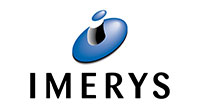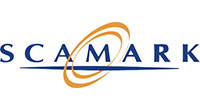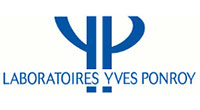
Machines arrived in our lives in the 19th century. They became essential tools even if they caused some contradictory feelings like fear. For instance, they help us but sometimes they replace us.
Today, computers and software are more and more widespread. They are omnipresent in our personal lives with smartphones for example and in our professional lives: cashiers replaced by automatic checkouts process or personal assistant. We started to trust machines to ease our lives and to guide us.
Trust in software
A couple of decades ago, software was not widely used. Now, it helps almost every function in every industry because of their ability to reduce costs and improve performance, to ease collaboration between teams and provide greater agility.
Nowadays, software has more and more features and therefore, more responsibilities. Moreover, software prevents companies from drowning in big amounts of data by providing a way to understand and exploit them.
To trust software, humans need to understand how it works, to be sure it’s up to date in a constantly renewing market.
Trust in a software, as in any tool, comes from different aspects: does it perform well? Does it do what we intended? Do we have a good feeling about it? Do we know how it works? Performance. Process. Purpose. Transparency. Those questions are even more true for professional software. Indeed, those solutions provide decision support on subjects implicating human life: structural calculations, surgical aid, automated labeling of allergens…
In the Food and Beverage industry, a good example is the use of more and more sophisticated nutrition labeling software.
Why use a nutrition labelling software?
The Food and Beverage industry is subject to a lot of challenges: need for traceability, country-specific regulations to respect and monitor, shortening product lifecycles etc.
Labelling is a key element in purchase decisions. Businesses can use it as an advertisement to make their products more attractive to consumers by highlighting noble materials and claims (bio, gluten free, etc.). But it has also a purpose of quality towards consumers: it ensures the reliability of information (compliant declared percentage) and informs consumers of any potential danger (list of allergens). It is essential to improve visibility of nutritional information and help consumers in their decisions.
Laws are constantly changing and food labels that do not comply with current legislations can be both costly and damaging to a company’s brand image. Moreover manufacturers who rely on individual processes, manual data entry and have old systems for labeling run the risk of duplications, loss of time and increased labelling errors.
In the context of shortening product life cycles, it is essential to rapidly and automatically provide accurate information by compiling raw data, calculation and validation rules, in an international environment: multiple regulations (FDA, INCO, …), multiple languages, etc.
In response of these issues for labelling, there are more and more software for nutrition labelling. The global enterprise labeling software market size will grow by USD 35.35 million during 2019-2023.
Labelling software must provide an answer by gathering all data required on the label, from ingredients to country-specific regulations.
PLM (Product Lifecycle Management) as Nutrition Label software.
To have the right content for a label, food and beverage companies need to aggregate all the data required like allergens lists, claims, nutritional values of raw materials. This information must be accurate and readily available.
Plus, companies need the insurance that their labels are regulatory-compliant in every country they market their products. Also, they must adapt the language used on labels.
PLM solutions enable open communication with suppliers to ensure a smooth flow of information with manufacturers and suppliers. Combining specification management and a formulation tool, enables manufacturers:
– to gather in a single database: formulas, ingredient lists, raw materials and specifications
– to create or modify recipes, automate calculations of nutrition values and generate labels
– to verify the product’s compliance regarding regulations in a specific region
So, it ensures that the flow of information is always accurate and automatically updated in the solution, – from information submitted by the suppliers to the generation of labels. In other words, PLM software coordinates specifications with ingredients and nutrition labelling requirements, in all required languages. This drastically cuts down human errors (re-keying, overwriting, recipient omission, etc.) and frees teams of labor intensive and low added-value tasks.
Technology and responsibility
It is easy to see how an error on a label can have disastrous consequences: recalls, legal actions from victims of undeclared allergens, loss of consumer trust, etc. Food companies are responsible for their manufacturing practices and the labelling of their products. However, the software is not accused, it’s the responsible person behind it.
But, if technology can outperform humans in following process and applying them, they can’t replace our ability to adapt to any situation. AI (artificial intelligence) can only work within its frame of reference. Even if it can get better with machine learning, it can’t make initiatives. In the case of PLM, all steps rely on the validation of data inputs. The results are an intelligent compilation of all human validated data; the software only use what its users give to it.
With PLM and nutrition labeling software, there are tools for decision support, but not tools making decisions for us found in AI. But the arrival of AI forces us to ask questions because of its ability to make decisions and learn from its experience. What about responsibility in that case? There is a lot of debate about AI with some arguing for it to be considered a legal person.
In conclusion, technology (AI included), is a powerful tool and can open new possibilities in numerous ways. But it is only a complement of human intelligence and not a substitute.
To discover how Aptean PLM Lascom Edition can help you to overcome labelling challenges, contact-us today!
